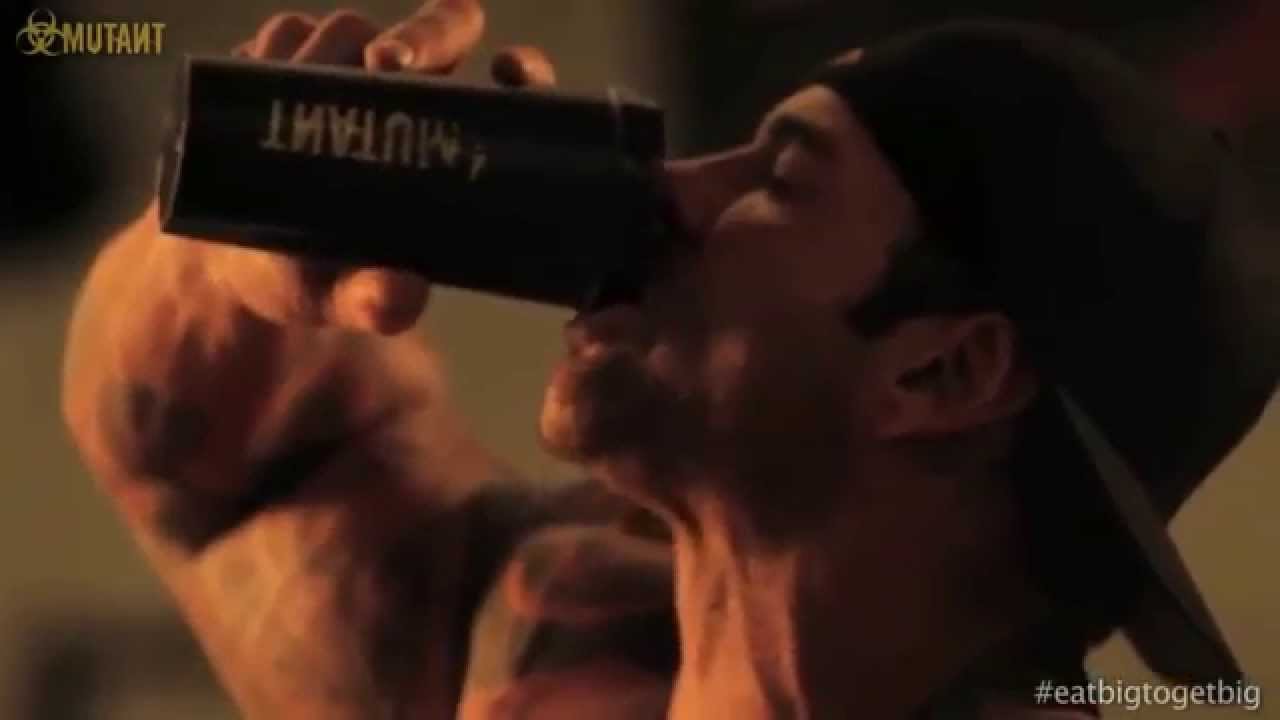Better Than Steroids – An Honest Review
In the book, Better Than Steroids, Dr. Warren Willey proposes that a NATURAL trainer can actually get results superior to a steroid user IF the natural trainer follows a proper training and nutrition program.
In this article I’ll let you know if the doctor delivers or if this book fails to live up to the hype.
Dr. Wiley contents that part of the reason steroid users get such great results is because you tend to eat better and train harder while you’re taking steroids. On page 21 he claims…
“I am going to teach you how to mimic anabolic steroids using diet and exercise!”
Next, he mentions a success story from one of this clients. No names are given, and no before and after pictures are presented. The client is simply listed as “L.D.”
In just 12 weeks, L.D. went from 182 pounds at 16.1% body fat to 177 pounds at 5.5% body fat. Which means L.D. not only lost 19.56 pounds of fat, he also gained 14.57 pounds of muscle AT THE SAME TIME!
Here’s the kicker: Dr. Wiley says LD was 60 years old at the time of this study and that he’s had other clients who have gained 30 pounds of lean muscle WHILE dropping 60 pounds of fat by following the same principles.
Now at this point, I’m smell something funny. Smells like Bull Sh*t.
But let’s continue. Doc goes on to talk about the importance of water and that food can actually be used as a drug. I liked this part of the book because all too often we forget just how powerful food can be. Food can be used to spike or depress insulin – just like a drug. And by timing your food intake (eating high carbohydrate foods around the time of your workout and reducing carbs during the rest of the day) you can take advantage of the drug-like qualities of food. Good stuff here.
Then Willey talks about how to calculate your recommended daily calorie intake and even provides 4 different eating plans. The eating plans are as follows:
Isocaloric: Splitting your daily caloric intake evenly among fats, carbs and protein.
Keto Run: Eating ultra-low carbs for 7-14 days at a time.
The modified Carb Drop: Doing a Keto run and then following it up with a carb load.
The Zig Zag: Eating high calories one day, then low calories the next day.
Overall, nothing groundbreaking here. In fact, I saw many similarities between these recommendations and Dan Duchaine’s recommendations in his book Underground BodyOpus. Both talk about using an isocaloric approach at first, then a super low carb diet when weight loss stalls and then adding weekend carb ups to allow you to gain muscle while stripping off fat.
The next few chapters cover pre and post workout meals.
Then we get to Chapter 12: Glycogen Supercompensation.
For me, this is where the book falls apart.
Willey opens with the following case study detailing the experiences of “C.V.” (Again, no full name or photos shown.)
C.V. started out 200 pounds and 8.9% body fat. He then did 10 days of super low carb dieting followed by 48 hours of high carb eating.
He ended up at 212 pounds and 8.0% body fat. On the surface, this looks impressive. And Dr. Warren Willey exclaims…
“There are no typos in the above chart! CV gained 12.8 pounds of muscle in a 48-hour load and actually lost some body fat!”
But this is just flat out wrong. He didn’t gain 12.8 pounds of muscle. He’s just holding water. Because that’s what happens when you cut carbs drastically low and then flood your system with a high dose of carbohydrates – your body ends up holding extra water.
And that’s fine – often times this is a good thing. But you can’t confuse holding extra water with building muscle. Willey is a medical doctor – he should understand the difference between muscle and bloat.
But apparently he doesn’t because he goes on to list even more examples of successful clients. In each case, it’s clear what happens – the client ends up holding excess water for a couple days and Willey chalks it up as “muscle gain”.
But it’s not. You don’t gain 12 pounds of muscle in two days. No one does. Not even steroid users.
From there, the rest of the book gives some bodybuilding routines that sound like something out of a Joe Weider mag – Giant sets, super sets, 21’s, pre-exhaust training, etc.
Oddly enough, this style of bodybuilding training usually works better for steroid users than it does for natural trainers.
Overall – the book fails to deliver on it’s main promise: Willey proves you can hold extra water for a few days by carb-loading, but fails to prove that his strategies can help you gain muscle and certainly fails to prove that these strategies can yield better results than steroids.
So I’d save your money and skip this book. If you want more information on carb loading and glycogen super compensation, track down a copy of Dan Duchaine’s Underground Bodyopus. The book is now 15 years old but Duchaine does a better job of mapping out the principles behind glycogen super compensation.
Better Than Steroids – An Honest Review by Matt Marshall



